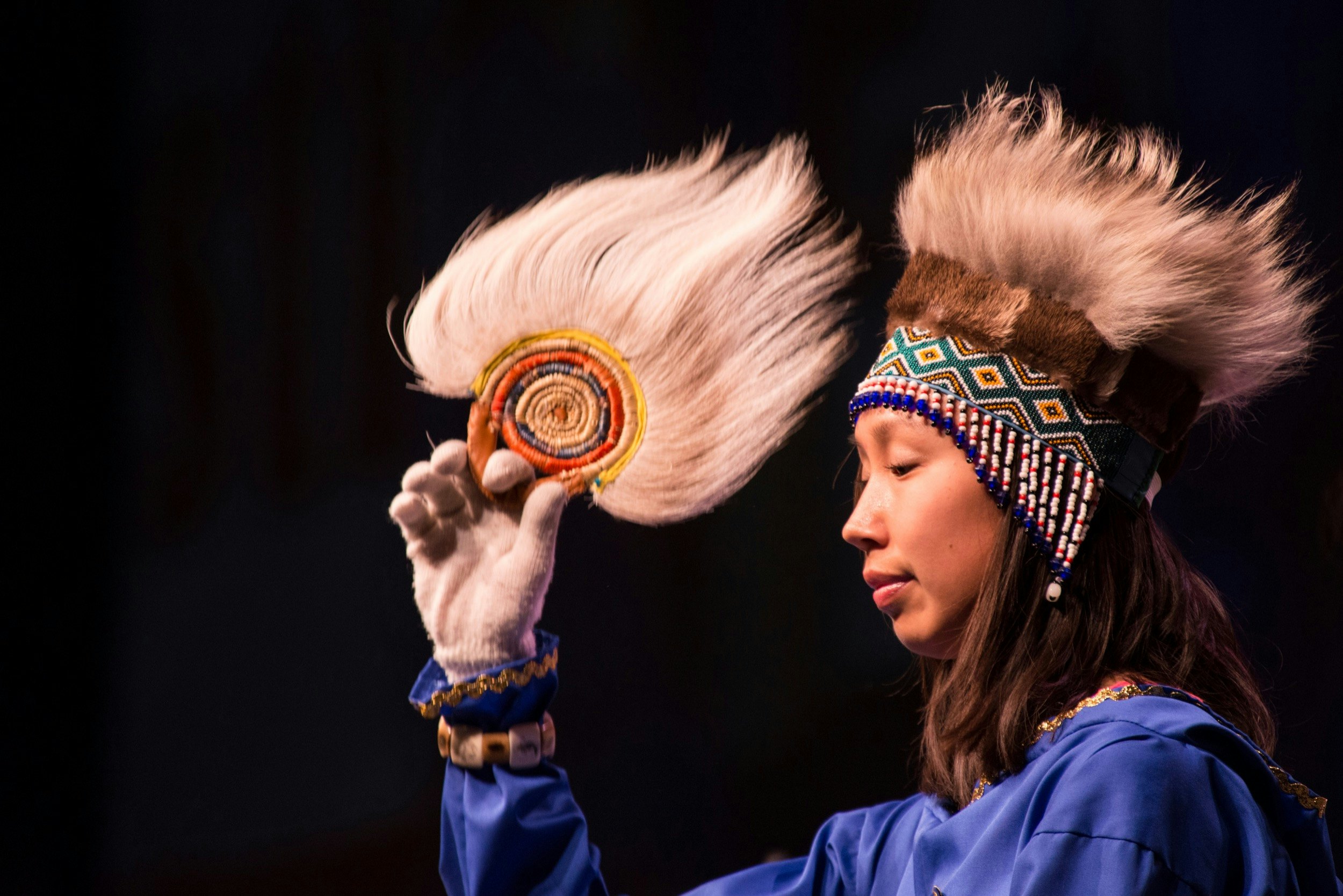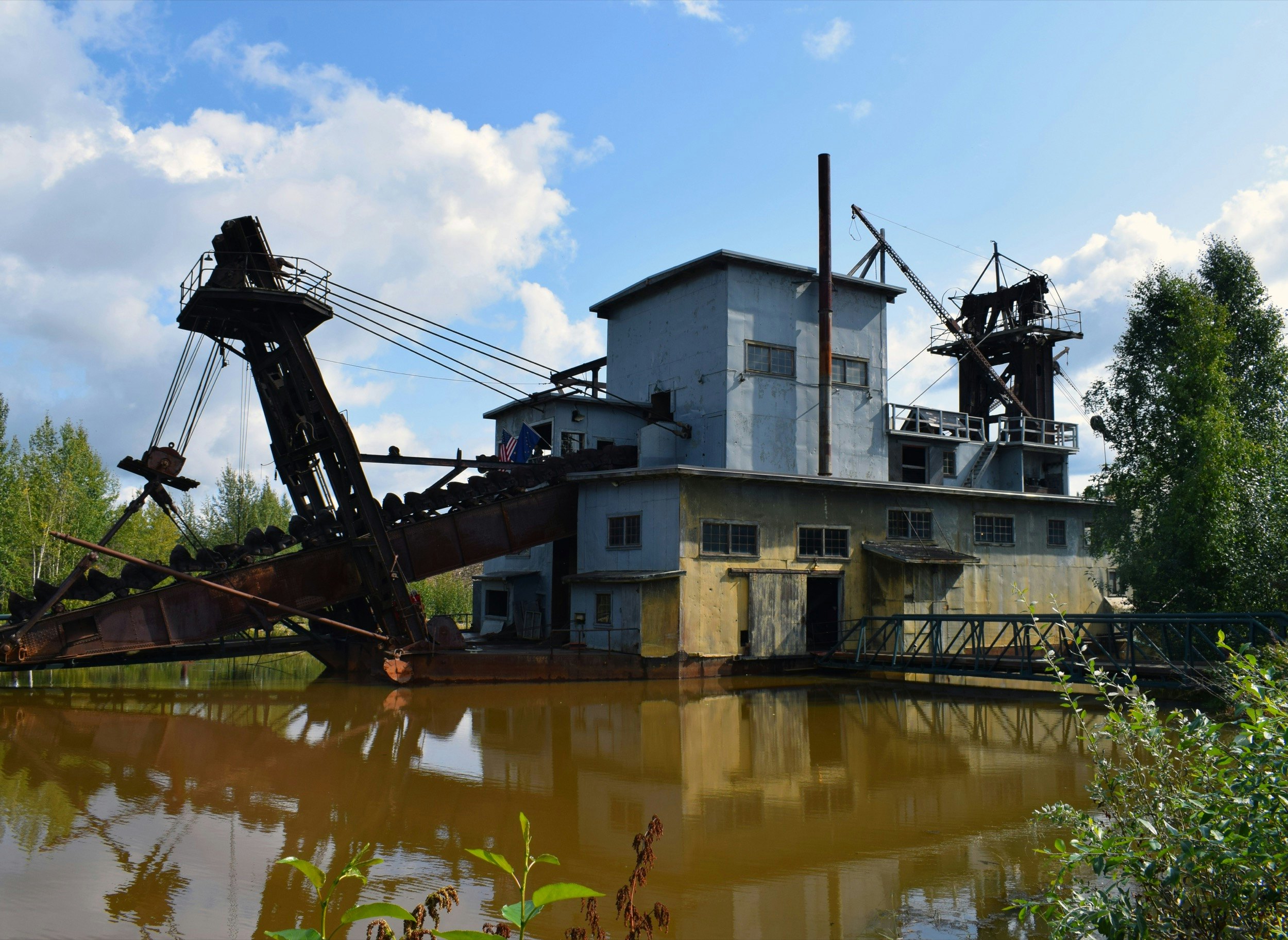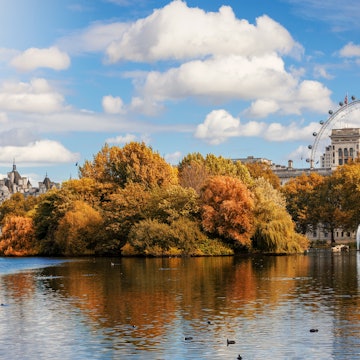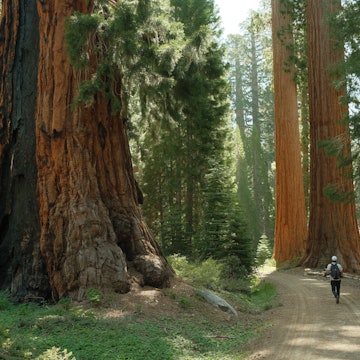

Alaska's second city, Fairbanks is the perfect jumping-off point for the best of the state's interior © John Elk / Getty Images
Alaska often tops travelers’ bucket lists with experiences like Denali National Park, whale-watching, and bobbing icebergs. But further north sits the state’s “Golden Heart,” the under-the-radar city of Fairbanks.

In 1902, Felix Pedro struck gold in Fairbanks – where the sky exhibits a gemlike sparkle itself. Located 65 degrees north latitude in Alaska’s interior, summertime visitors to Alaska’s second city can enjoy the Midnight Sun, yielding 20-22 hours of daylight. And as that sunlight fades in the wintertime, it’s replaced by the dancing aurora borealis.
But there’s more to Fairbanks than the Northern Lights and Midnight Sun. Visitors can learn about native culture, visit surprising museums, enjoy abundant wildlife and hot springs, and gain access to national parks beyond Denali.

Sunbathing at midnight
From April 22-June 21, Fairbanks locals and visitors embrace the ever-lengthening days, culminating with the Midnight Sun Festival held each year on the Sunday closest to the summer solstice. The free festival is Alaska’s largest single-day event, drawing nearly 30,000 people. A four-block area around Golden Heart Plaza features four stages and dozens of live performances including rock, rap, folk, ballet and more.
Also during the solstice, Fairbanks plays host to a baseball game (113 years running) and a Midnight Sun 10K race. The Midnight Sun Run features more than 3,400 runners and walkers hitting the pavement at 10pm, many in quirky costumes.

Chasing the Northern Lights
Daylight dwindles from August 21-April 22, but the longer nights lead to an even greater chance to witness the Aurora Borealis.
Fairbanks is located directly underneath the “Aurora Oval” – a ring-shaped zone over the far north where aurora activity is concentrated. Plus, Fairbanks’ interior location offers consistently clear nights without the overcast conditions found on the coast. In general, the Northern Lights are visible an average of 9 out of 10 clear nights during any two-week period in the winter.
Chena Hot Springs Resort, an hour outside of Fairbanks and away from city lights, offers wake-up calls to alert guests for the lights, “snow cat” rides to a heated “aurorium” cabin, and even tours into the wilderness.
Related content Chena hot springs is home base for the best of Alaska

Native Culture
The Alaskan Athabascans are the native people whose ancestors inhabited the interior for centuries. In Fairbanks, the Tanana Chiefs Conference has partnered with the Convention & Visitors Bureau to offer cultural programs at the Morris Thompson Center, including traditional craft and jewelry making workshops as well as live performances by Alaska Native youth.
Visitors to Fairbanks also can tour a recreated Athabascan village during a stop on the Riverboat Discovery Tour. Here, Alaska Native guides explain how the Athabascans survived for thousands of years in cabins and huts made of spruce logs, bark, and hides, and the importance of wildlife to providing food and protection from the harsh artic climate.
And each July, the World Eskimo-Indian Olympic Games attract native athletes and dancers from the United States, Canada, and Greenland. The four days of competition include traditional events such as the ear pull, blanket toss, and greased pole walk.

Unique museums and history
In addition to its native heritage, Fairbanks has a rich and eclectic collection of museums and historical sites. Learn about the city’s gold rush past at Gold Dredge 8, and pan for gold of your own.
University of Alaska at Fairbanks’ Museum of the North contains natural history exhibits such as Blue Babe, a 50,000-year-old mummified steppe bison, as well as a collection of art dating from 2,000 years ago to the present.
To round out your tour of Fairbanks museums, the Fountainhead Antique Auto Museum contains nearly 100 rare, pre-World War II automobiles (all of them running) dating from 1898-1936. And the Aurora Ice Museum is the world’s largest year-round ice environment, filled with intricate ice carvings.

National parks
Fairbanks provides a central location to access multiple national parks. It’s only a two-hour drive to Denali National Park – or even easier, take the daily service via the Alaska Railroad.
In addition to Denali, flightseeing tours provide access to Wrangell-St. Elias and Gates of the Arctic National Parks. At 13.2 million acres, Wrangell-St. Elias is the country’s largest national park filled with glaciers and nine of North America’s 16 highest peaks.
Gates of the Arctic National Park is located above the Arctic Circle accessible primarily by float or bush planes. This remote wilderness area with no roads provides a rare opportunity to experience solitude in nature.

With its location in the center of Alaska, Fairbanks serves as a basecamp for the state’s vast Interior and Arctic. Its location allows easy access to the Arctic Circle, three national parks, hot springs, and a myriad of villages, refuges, and parks. It’s time Fairbanks, with its own rich history and arts community worth of exploration, is as much a part of a traveler’s bucket list as Alaska’s many other attractions.















